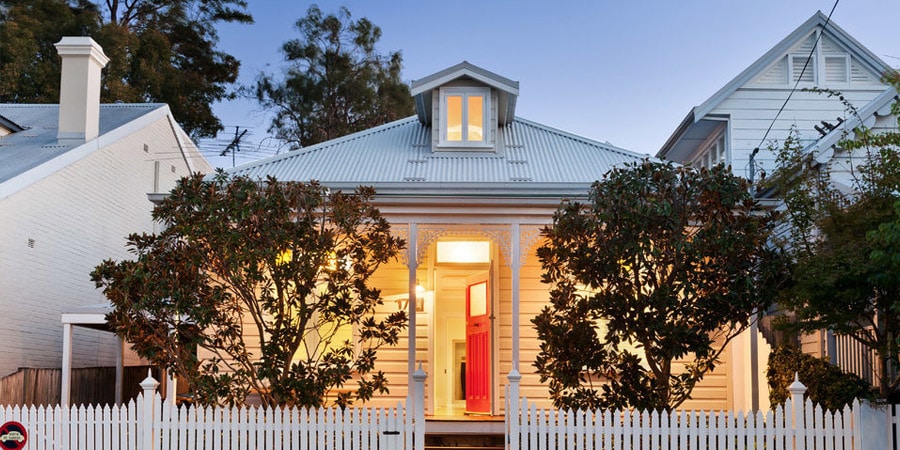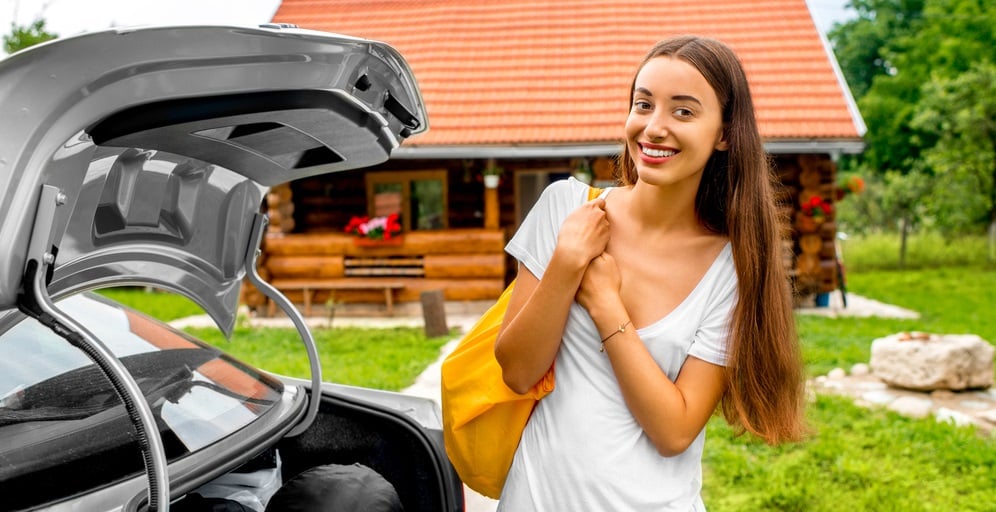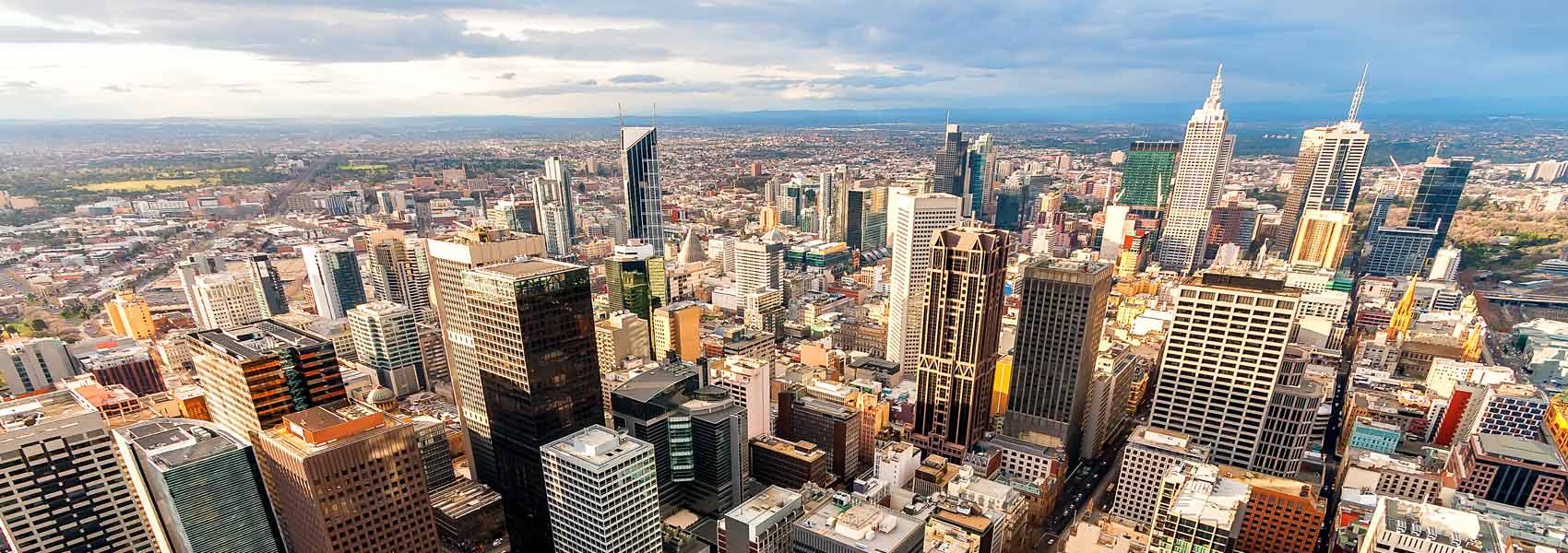Home > Home Loans > Can I Use My Super to Buy a House?
Can I Use My Super to Buy a House?
Looking to purchase a home? Did you know it’s possible to use your super to buy a house? Find out how to do it with Savvy!
Author
Savvy Editorial TeamFact checked
Buying a house can take time given the difficulties of saving up for a deposit. However, super home loans are a little-known way of helping you purchase that coveted property. Here we explain how you can use your super to buy a house, how the process works, and the benefits of a super home loan.
Can I use my super to buy a house?
Yes! Using your superannuation savings to buy a house can be very effective. There are two ways in which you can take advantage of your superannuation savings and purchase a home loan. These are through the Australian Government’s First Home Super Savers (FHSS) scheme and through your own super savings in a self-managed super fund (SMSF). While traditional methods of buying a house can work just as well, using the FHSS scheme may make buying your first home that little bit easier. In addition, using savings from your SMSF for a super home loan will enable you to generate further savings for your retirement through an investment property.
How does a superannuation home loan work?
First Home Super Saver scheme home loan
The FHSS scheme allows you to build a house deposit for your first home in your superannuation savings account by making contributions through either salary sacrificing or voluntary personal contributions. These concessional contributions will be taxed at 15% as opposed to your marginal tax rate. Your contributions and their deemed earnings can then be withdrawn to pay towards your house deposit and/or home loan. Upon withdrawal, you will be taxed at your marginal tax rate, plus a Medicare Levy of 2%, minus a 30% tax rebate.
To be eligible for the FHSS scheme there are certain eligibility requirements. These are:
- Must be 18+ years old.
- Must be purchasing first home in Australia.
- Must be using the FHSS scheme for the first time.
Self-managed super fund home loan
It’s also possible to use your SMSF savings to buy a home. The catch is it must be an investment property and not serve any other purpose. If you have enough money in your SMSF account (usually at least $200,000), you can use your savings to purchase an investment property. Your investment property will yield a return on your investment which goes directly back to your retirement savings. Investment returns through rental income will be taxed at 15%. If you choose to purchase an investment property through your SMSF savings, you must be proactively involved and interested as there are a heap of rules and regulations tied to SMSF investment assets.
When buying a super home loan with your SMSF savings, your lender will look for the following:
- A minimum deposit of 30% of the property’s value
- Expected income from the investment property will be considered when assessing the borrower’s repayment ability.
- A solid history of frequent and consistent contributions to the borrower’s SMSF.
- Investment strategy must be permitted under the borrower’s trust deed and consistent with the SMSF investment strategy for the fund.
- SMSF home loan application in line with rules of ATO and ASIC.
How much of my super can I use to buy a house?
The amount of your super you are able to use towards a super home loan will depend on which avenue you take.
If you’re using the FHSS scheme, the maximum amount you can contribute annually is $15,000 or $30,000 in total. When releasing your FHSS savings, you will be able to withdraw all of your contributions, plus the deemed earnings, minus any tax owing.
If you’re opting to use your SMSF savings to purchase an investment property, there is no limit. Generally, there are stricter requirements to be met to be approved for a home loan through your SMSF savings. Therefore, lenders will often require a deposit of at least 30% of the property’s value or that you have at least $200,000 in your SMSF savings.
How do I compare my super home loan options?
When considering your super home loan options in regard to the FHSS scheme, one of the first things you should weigh up is your lifestyle and financial situation. Will you be able to sacrifice components of your lifestyle and a part of your income to allow you to make concessional contributions to your super? Perhaps you find it difficult to save for a home deposit and trying the FHSS scheme may be a good option for you. You have to also consider the worthiness of using your super as an investment option as opposed to other investment options. Will making concessional contributions to your super through the FHSS scheme provide a worthwhile short-term return? Ultimately, your decision will come down to whether or not you deem the eventual benefits of using the FHSS scheme worthwhile in getting you that first home deposit.
If weighing up your super home loan options with your SMSF savings, you should figure out if it’s the best way of investing your retirement savings to generate a return on your investment. You will also need to work out your expected repayments and the rental income you will generate from your investment property. It’s best if your rental income can match or exceed your repayments to make it easy for you to manage your SMSF investment returns and spending. While investment properties can be a great way to create passive income and better your retirement finances, you must be involved with the process and follow the strict guidelines associated with an SMSF home loan.
How to buy a home using your super
FHSS scheme home loan
Assess your financial situation and figure out if you can afford to sacrifice some of your income to contribute to your FHSS scheme savings. If you’re struggling to get by with bills and other payments as is, then this scheme mightn’t be the best fit for you. If you work out that you can afford to forgo some of your income and contribute it to your FHSS scheme savings, then you should proceed to take advantage of the scheme’s benefits.
SMSF home loan
Weigh up the pros and cons of using an investment property as an investment asset for your SMSF. Will the returns on the investment make it worthwhile or are you better off going down another path such as investment returns from shares? In addition, work out the expected rental income of your property versus your expected repayments. It’s ideal if your rental income can go straight towards your home loan repayments to make your SMSF investment returns far simpler to manage.
FHSS scheme home loan
Consider how you wish to make your concessional contributions to your superfund. Will it be through a salary sacrifice or a voluntary personal contributions arrangement? Also note that not all employers will offer you a salary sacrifice arrangement. In addition, you will have to get in contact with your fund to ensure they will release your savings and to find out about any insurance fees or other charges you may face. Once you have sorted your method of contribution and finalised other details with your superfund, you can begin making concessional contributions to reap the rewards of the FHSS scheme.
SMSF home loan
Begin comparing your home loan options and compare them broadly. Don’t only be drawn to low interest rates, but also the loans with special discounts or waiving of fees. The fees and charges of your home loan will add up in the long term so it’s best you try to avoid them when choosing your home loan. In addition, make sure you meet all the requirements stipulated by your lenders to ensure it’s a smooth process for approval.
FHSS scheme home loan
When you decide you want to withdraw your FHSS scheme savings, begin the process of getting in touch with the ATO. You will first need to complete an FHSS determination form and then proceed to complete a formal release of your savings. The ATO will inform you of your maximum eligible withdrawal amount and keep any withstanding tax owed. Once the funds are released to your chosen account, you can apply for your first home loan.
SMSF home loan
Once you have formally applied and had your SMSF home loan approved, your SMSF will pay for the deposit, stamp duty and other relevant costs. The investment property purchase is now complete, and you can begin reaping the rewards of your investment property income. It’s important you correctly and proactively manage this investment property, so you meet all the rules and regulations tied to SMSF investment assets.
Pros and cons of using your super to buy a house
PROS
Tax benefits with both FHSS scheme contributions and returns from your SMSF investment property. FHSS scheme contributions taxed at concessional rate of 15%. Investment returns from SMSF investment property also taxed at 15%
Using FHSS scheme will allow you to purchase your first home sooner
When you withdraw your FHSS scheme savings, you have up to 12 months to purchase your first home
Purchasing investment property through SMSF will enable you to generate further investment income for your retirement savings
Flexibility of being in control of your SMSF investment property
CONS
Investment returns on your concessional contributions are restricted to shortfall interest rate of 4.5-5%
Time taken to release funds under the FHSS scheme can be very slow. Often takes 15-25 days for funds to be transferred to your nominated bank account
Strict rules and regulations tied to investment properties purchased with SMSF savings and the income generated from that property
Frequently asked questions about super home loans
Yes. There are exemptions to the eligibility criteria for the FHSS scheme and the specific ‘first home’ requirement. If you lost ownership of your home due to divorce, bankruptcy, natural disaster, loss of a job or illness, you can apply for the financial hardship provision through myGov and the ATO’s linked services
If you’re purchasing a home with your FHSS scheme savings, you must purchase a residential premises. Vacant land can be included in this if a house is to be constructed. Once your property is either purchased or constructed, you must occupy it for a minimum of 6 months and not use it as an investment property.
If you’re purchasing a super home loan with your SMSF savings, you must purchase an investment property. This is because the property has to be purchased for the benefit of your retirement savings and any income from the property must be returned to your SMSF
When you withdraw your savings, you will get an assessed rate of earnings in addition to your contributions. This specific rate is that of the ‘shortfall interest charge’ and can change yearly but ranges around approx. 4.5-5%. This rate is significantly higher than the deposit rates offered by any financial institution.
You must purchase a residential premises with your FHSS savings. If you’re planning to build a home this can include vacant land. This property must be your home and not used an investment property. You will be required to live in it for at least 6 months in the year following purchase or construction
You can begin making concessional contributions to your super at any age. However, in order to request the release of your FHSS savings, you must be at least 18+ years old.
Because your investment property is a super fund asset of yours, you will be benefited by a low tax rate on your rental income of 15%.
Your SMSF investment property can include property overseas but getting the required loan to do so is next to impossible. It’s unlikely any lenders in Australia will agree to finance your investment property overseas and international lenders won’t have the knowledge or skills required to handle Australian SMSFs.










